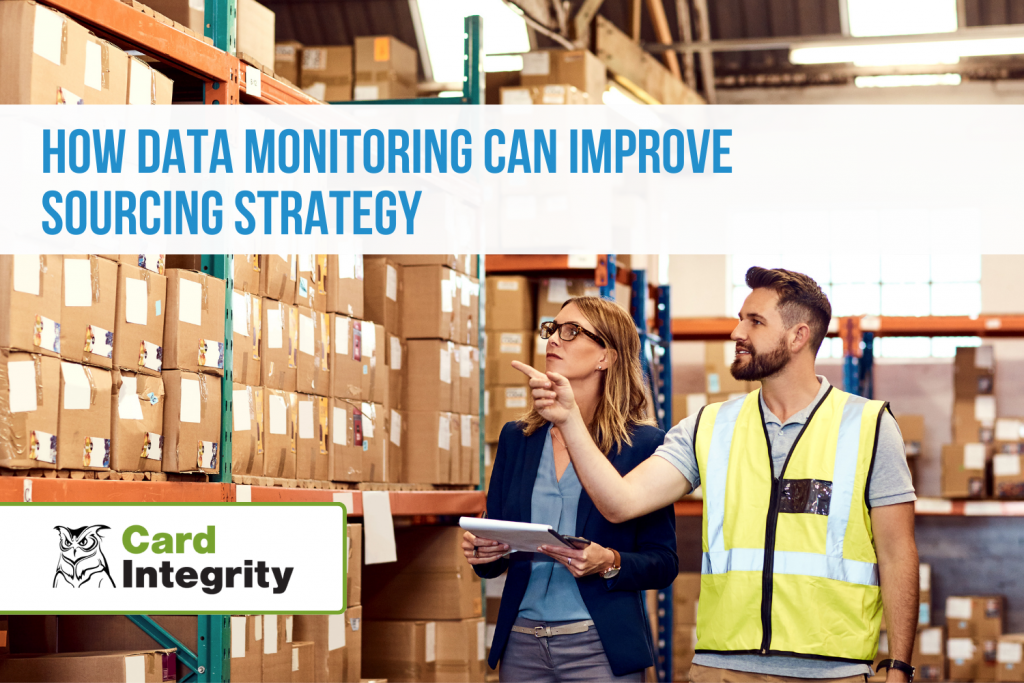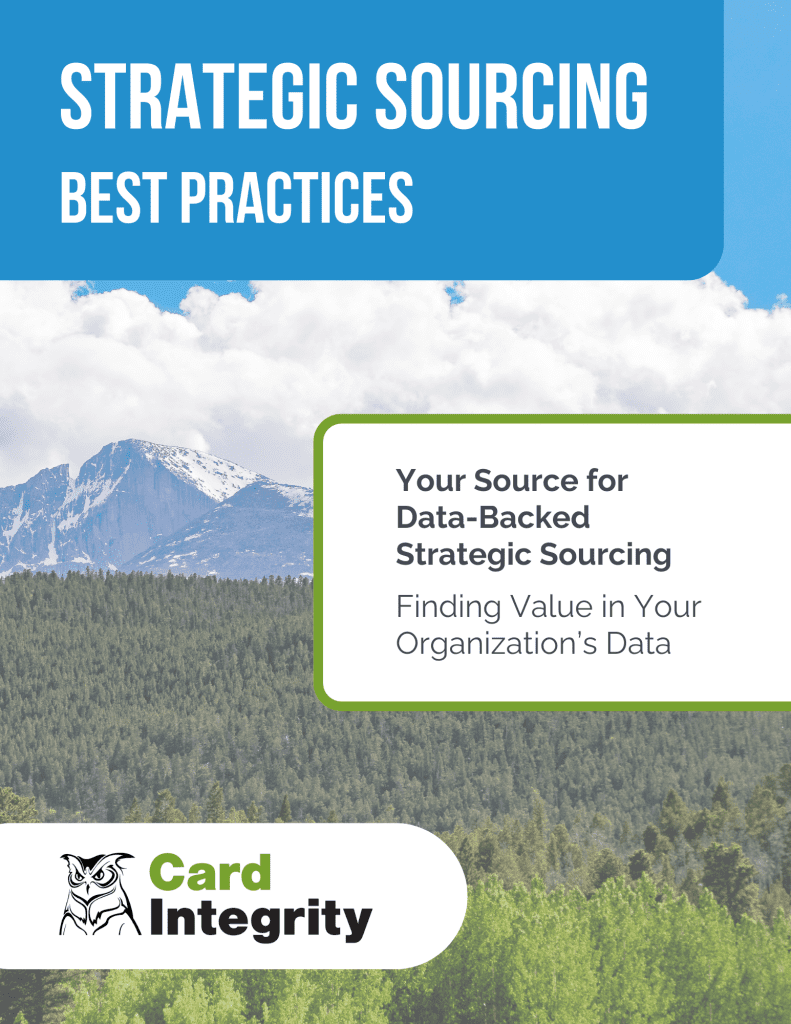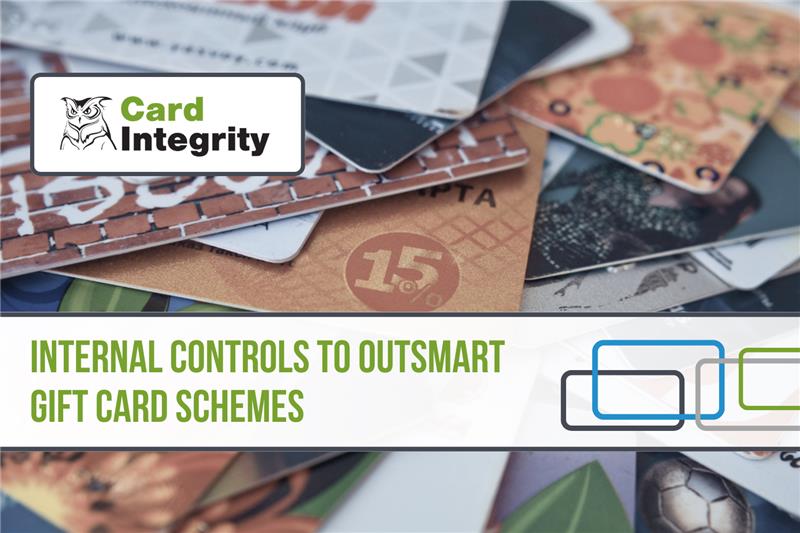Strategic sourcing is the process of taking a look at what goods and services your organization needs to run most effectively, and is implemented by taking a look at all available options and optimizing the spend of the organization. It implies a knowledge of the difference between minimizing total cost, and minimizing purchase price. It’s an equation that can be difficult to sort, in part because of the large amount of data that must be sifted through and analyzed to reach a sensible strategy. It also involves people skills, which of course comes with the territory of negotiating contracts and selecting suppliers. Experienced buyers are a hot commodity for corporations with large purchasing departments, as sourcing requires a varied skillset. If you’re not keenly in tune with strategic sourcing and the inner workings of it, this article from TechTarget describes it in a nutshell.
Often when you hear about “strategic sourcing”, the context involves dedicated departments at larger corporations that forecast demand, and then strategize how to best meet that demand. Negotiating 5% pricing can be the differences of millions of dollars for the organization. This is relevant for procurement of all types of goods and services, from more traditional procurement to IT or SaaS (software as a service) procurement. Overall, no matter the size or scope of your organization, data monitoring is a necessary piece of the puzzle to create a sourcing strategy that is reasonable and adaptable.

The difference between strategic sourcing and procurement
As similar fields and roles, oftentimes the lines between sourcing and procurement can be muddied. Procurement generally refers to the procedures implemented to acquire goods and services, the tools used for that (corporate credit cards, travel cards, invoices, and similar), as well as the controls and oversight associated with those tools. Strategic sourcing on the other hand is about the activities leading up to purchasing, such as contract negotiation, analyzing business needs, and combing through large amounts of data to arrive at a solution that fits best for the organization. Of course, there is overlap between the two, as procurement professionals, and those with more traditionally ‘sourcing’ titles (buyer, etc.) often do some of both, and they frequently go hand in hand.
Benefits to strategic sourcing
There are several well-documented benefits for strategic sourcing. Among these are building relationships with your suppliers, which results in faster delivery and higher-quality service. Strategic sourcing also helps you manage supply risks to be more adaptable. A deep dive into your organization’s spending habits can also uncover hidden costs. It’s not always about the price of goods or services. You could be leaving hidden rebates on the table, for example. The job of a strategic sourcing professional is to find those opportunities and capitalize on them for the business.
Common challenges and pain points
Perhaps one of the most common challenges we see is the difficulty associated with changing suppliers. Making “the switch” can be difficult for a variety of reasons. Not all of them are objective and entirely business-related. As with any relationship involving human beings, feelings can be hurt when the time comes to end it. Not only that, but there is frequently an element of “quid pro quo” going on between suppliers and organizations, resulting in the organization spending more money for a service than is necessary. For example, gift-giving is common. This is poor practice and the type of thing that a responsible buyer looks to improve. Thankfully, we’ve seen less of this in recent times, as organizations are more sensitive to the perception of “being bought”, but of course it still happens. If you’re in an organization where this is ingrained in the culture, it’s a difficult situation.
Contract and pricing negotiation is another common pain point. Not only is there the human element to navigate, but it requires significant time and resources.
Communicating with internal stakeholders is challenging in many facets of business, but those in the procurement and finance departments tend to know this all too well. You may have to navigate resistance to change, conflicting priorities, and a general lack of understanding about what your department does.
It’s all about knowing your data. Download the Strategic Sourcing eGuide
The solutions to some of these issues aren’t simple, but getting a better handle over data is a great starting point. Technology and innovation can help with short-staffing and lack of resources. Once data is cleaned up, it’s easier to have a better handle on what your supply is, and from there, you can make more informed decisions. For example, you can find hidden rebates, or areas with leakage (for example, rogue or maverick spend) to shore up.
To learn more about how to tackle the challenges of strategic sourcing, download our free eGuide, Strategic Sourcing: Best Practices. This eGuide is jam-packed with solutions to common challenges, like getting solid proof-of-concept, supplier relationship management, managing supply risks, and more.




